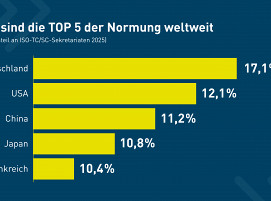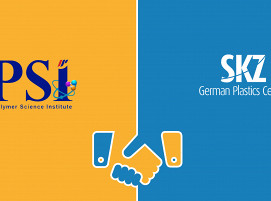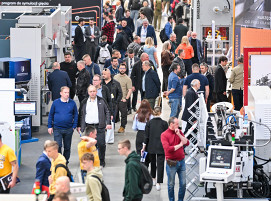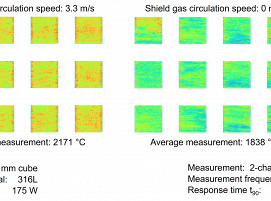
Amid increasing demands for energy efficiency, shorter development cycles and more complex component geometries, the need for precise and flexible processes is growing. One technology that is gaining relevance in this area of tension is laser-based infrared welding. Joining Plastics spoke with Beatrice Maus, an expert in this field, about current developments, practical challenges and the future of this technology. In the interview, she provided insights into the strengths, challenges and potential of this technology and explained why now is the right time.
Ms. Maus, how did you become involved in laser-based infrared welding – what particularly fascinated you about this technology?
Beatrice Maus: It was a longer journey. Initial trials with laser-based infrared systems were conducted many years ago and presented at trade events, such as the K trade fair. The response was consistently positive, but at the time the process had not yet gained widespread acceptance. However, in the past three to five years, the tide has turned: the demand for flexible, economical welding solutions has increased significantly. At the same time, laser systems have become more affordable, more powerful and more precise. A key experience for me was a study conducted with a major automotive manufacturer: cost structure, energy efficiency and investment requirements were evaluated – and laser-based IR welding performed positively across the board. For me, that was the proof: this technology has the potential to be a game-changer.
In your opinion, what most distinctly distinguishes laser-based infrared welding from other processes?
The process combines the best of both worlds: contactless, gentle heating through infrared radiation and the precision of a controllable laser beam. Conventional tube or foil emitters radiate broadly – they heat large areas, often unintentionally. The laser, on the other hand, allows for pinpoint energy input. I can define exactly how much energy is applied at which location – that means precise control. In addition, the energy distribution can be customized to the geometry through software. It works very reliably even with complex weld geometries and T-joints. What’s more: I can save and precisely replicate processes – a clear advantage for international production sites.
Which components or applications are particularly well suited to the process – and where are the limitations?
The process is particularly suitable for components that place high demands on dimensional accuracy, strength and process stability. This includes, for example, electronic housings, rear lights or complex functional components (such as heat exchanger systems). I also recognize great potential in the white goods industry. Limitations mainly arise with very large weld areas or extremely long weld seams. In such cases, investing in multiple laser systems may be necessary, which affects the cost structure. Materials with poor absorption capacity – such as natural (uncoloured) plastics – are also less suitable. Overall, however, the process is estimated to cover around 70 % of all typical infrared welding applications.
Could you give us an example where the advantages became particularly apparent?
A particularly illustrative example is a project involving a component with a very narrow weld seam, several T-joints and sensitive electronics in close. Conventional IR systems generate too much thermal stray radiation. The laser, on the other hand, could be controlled with pinpoint accuracy – the energy input remains confined to the weld rib and the electronics are not affected. At the same time, the process is reproducible, stable and commissioning takes place in the shortest possible time. The process also offers great advantages in prototyping: thanks to the digital infrared emitter, initial prototypes can be produced in the series process within a few days.
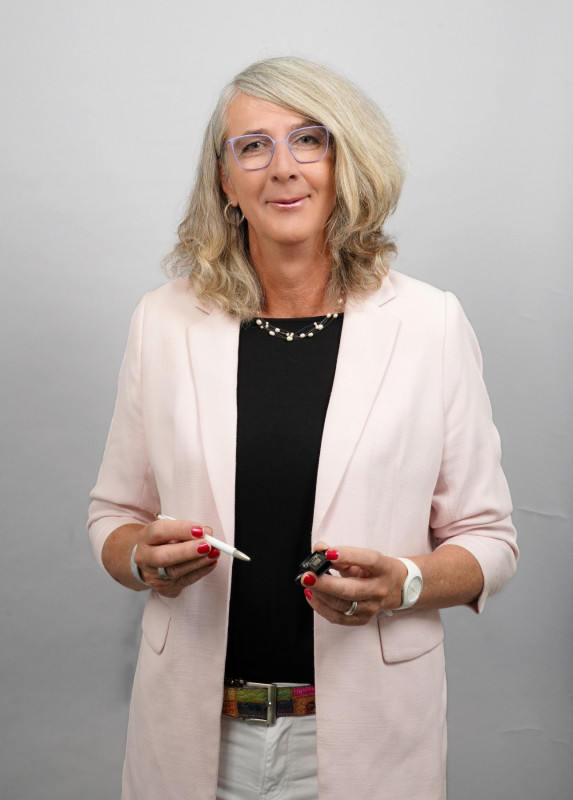
How can reproducible weld quality be ensured using this process?
The laser offers very high process reliability due to its digital controllability. The energy distribution can be defined precisely, stored and easily adjusted when required. There is no mutual interference between multiple heat sources as seen with conventional infrared emitters. Furthermore, the component remains cool outside the weld rib, which minimises thermal stresses and reduces distortion. However, proper component design is also crucial for process reliability: if geometry, material selection and tooling are optimally aligned with the process, reproducible results can be achieved even with complex geometries.
What role do investment costs, energy efficiency and sustainability play?
The economic advantages are considerable: laser beam systems have lower energy requirements – depending on the project, material and weld geometry, up to 50 % energy savings have been reliably achieved. As laser-based IR welding uses a digital IR emitter, tooling costs can be reduced by up to 70 %. Component modifications can be implemented digitally and without mechanical retooling – saving both time and money. In terms of sustainability, the efficient use of energy is a particular benefit. In addition, the process is well suited for small and medium production runs, allowing even short-term market demands to be met economically.
Which technological developments do you consider to be trend-setting?
I see great potential for the laser-based IR welding process. Scanner and laser systems are offering more and more application options. Controlling and integrating the systems into machine control units is becoming easier. That’s why I expect that many more welding system manufacturers will soon be offering these processes. The process-related capabilities strongly support this – I can well imagine this method being used in future even for simple heating element welding tasks. Different laser beam systems can also be combined – enabling both transparent and opaque materials to be joined with process reliability. In my opinion, laser-based IR welding is the most versatile process. These systems are still at the beginning of their development; the processes are scalable, precise and efficient. From my perspective, this process will play a central role in the future.
And what role does digitalisation play?
Digitalisation is changing the process landscape. Today, customers expect all welding parameters to be recorded and stored cyclically. This data is the basis for process optimisation, traceability and quality assurance. Some companies are going further, analysing the data automatically and deriving process optimisations from it. A true digital twin is, however, more difficult to implement in the plastics sector – due to material variability and the lack of standardisation. Nevertheless: the digital integration of the welding process is not only feasible, it is increasingly becoming the standard.
When you look at tomorrow’s joining technology – what advice would you give young engineers?
Curiosity and a willingness to learn are key. Joining technology is an incredibly exciting field – technically demanding, but also full of opportunities. Those who understand how materials behave, how components are designed and how processes are structured will be in demand. Interdisciplinary exchange is important. You need to be able to communicate with both design and production. And last but not least: you should be willing to question existing processes. Because that’s the only way innovation can happen.
Thank you very much for the interview.
Schlagworte
DevelopmentDigital TwinEnergy EfficiencyIndustryInfraredInfrared WeldingInnovationJoiningJoining PlasticsLaserLaser BeamPlasticsProcess OptimisationProcess SecurityWelding


![Joining Plastics [EN]](/images/frontend/journals/joining-plastics_sm.png)
